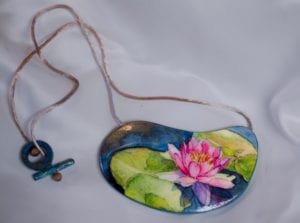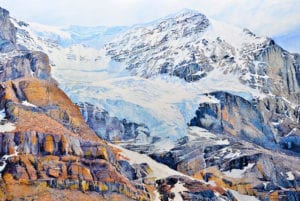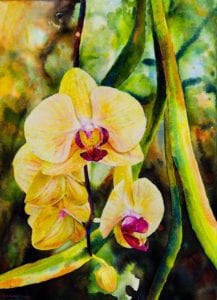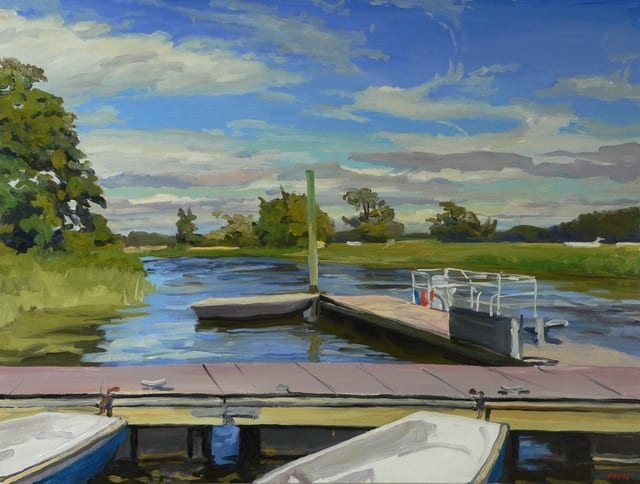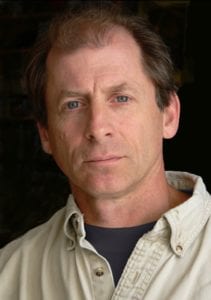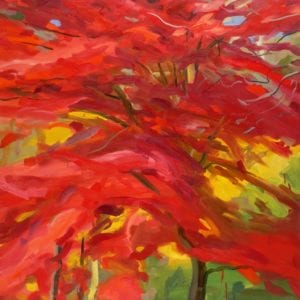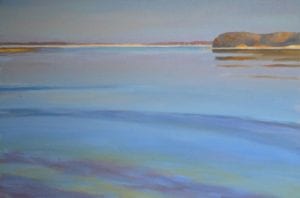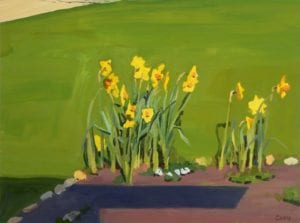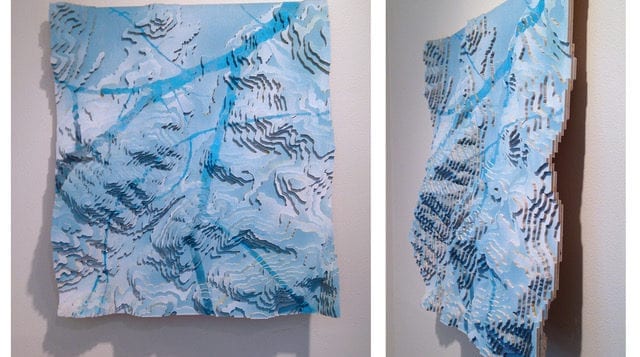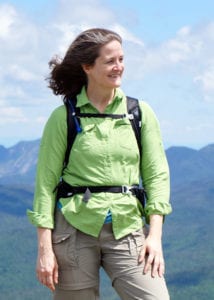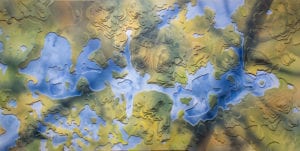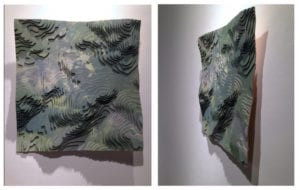By Irene Ruddock
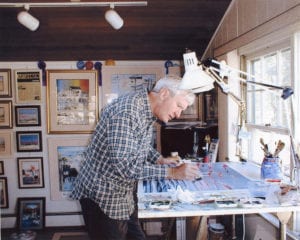 Rick Mundy is an award-winning watercolor artist who specializes in realistic paintings of Long Island, the Adirondacks, the Caribbean Islands, New York City, Africa and Alaska. He is noted as being one of the top art businesses on Long Island and has been published in Art Business News, The New York Times, Boater’s Digest and the Encyclopedia of Living Artists.
Rick Mundy is an award-winning watercolor artist who specializes in realistic paintings of Long Island, the Adirondacks, the Caribbean Islands, New York City, Africa and Alaska. He is noted as being one of the top art businesses on Long Island and has been published in Art Business News, The New York Times, Boater’s Digest and the Encyclopedia of Living Artists.
I recently visited Mundy’s Setauket studio to get a sneak peak of the artist’s upcoming exhibit featuring 60 watercolor paintings at the Bayard Cutting Arboretum in Great River. An artist reception is scheduled for Sept. 2 and again on Sept. 23 from 1:30 to 3:30 p.m.
I am amazed by the vast variety and creativity of your portfolio. How do you think of all these ideas?
Painting is a celebration of the creative spirit and all that is beautiful in nature. As a teacher of biology, I learned more about nature, which is a recurring theme in my paintings. It is fun and exciting and I can’t stop myself once I get an idea! I like to paint in themes and in a series, and I most often do a diptych or a triptych.
When did you first decide to become an artist and was there an artist who encouraged you?
I enjoyed art since I was a child being inspired by John Nagy and winning a few contests, but later I apprenticed with the watercolorist Andrew Stasky who encouraged me to paint in transparent watercolor — where the light travels through many layers of paint to the viewer creating a fresh, clean painting.
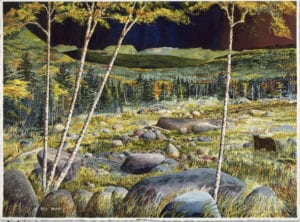
Your new exhibit sounds stunning with a 360º view of the Adirondacks that includes a series of eight paintings. What is it about the mountains that attracts you so?
I was an outdoor guide licensed by the NYS Department of Environmental Conservation for decades. The Adirondacks possess the calm of a woodland pond, the roar of a gorge in the spring and have ever-changing personalities from season to season. I know practically every trail in the mountains — its waterfalls, rocks and special ledges to stop for lunch! I enjoy going higher and deeper into the mountain where, in my mind, I compose the essence of the scene I want to paint — moving water, rocks, wildlife. I don’t photograph or sketch much; instead I develop the ideas in my mind so that these paintings are not actual places —they are created in my painting.
How has your extensive mountain climbing influenced your philosophy of life in other ways?
I feel that nature feeds the soul. Being at one with nature, not fearful, but calm with the knowledge of the beauty that nature can deliver. Knowing Mother Nature is in charge and respecting her vastness. She will show you great things, but she is in charge.
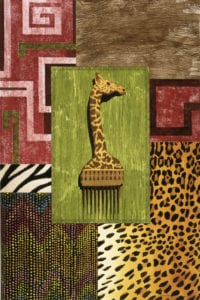
You are showing three rooms of paintings — Long Island, Adirondacks and the third titled ‘Well, … certainly different.’ Can you give us a hint about that?
The Long Island paintings are all about the special beauty of the island’s beaches, boatyards, barrier islands, etc. In the last room, I exhibit my African collection including royal hair combs, animal skins and beading; my tropical mosaics, which look like Tiffany glass; my floral Gingko paintings; and some cityscapes.
What kind of presentation are you planning at your art receptions?
I am going to show examples of sketches and notes that I worked from, even the ones that didn’t deliver the look I wanted. It will show how the Adirondack paintings, which took two and a half years to complete, finally evolved.
What would you like the viewer to take away from this exhibit?
I would like people to see in my paintings something in nature that they may have missed or wish to experience. I especially want to share with the viewers all the beauty I have witnessed.
View Rick Mundy’s exhibit at the Bayard Cutting Arboretum, 440 Montauk Highway, Great River from Aug. 30 to Sept. 30. The arboretum is open Thursday to Sunday from 11 a.m. to 4 p.m. For parking fees and restaurant information visit www.BayardCuttingArboretum.com. Visit Rick Mundy’s website at www.rickmundywatercolors.com.
All images courtesy of Rick Mundy

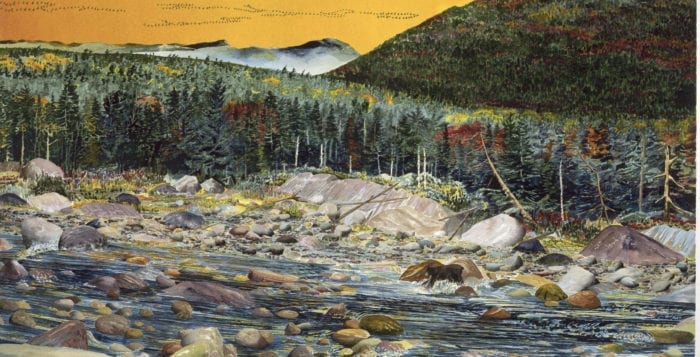
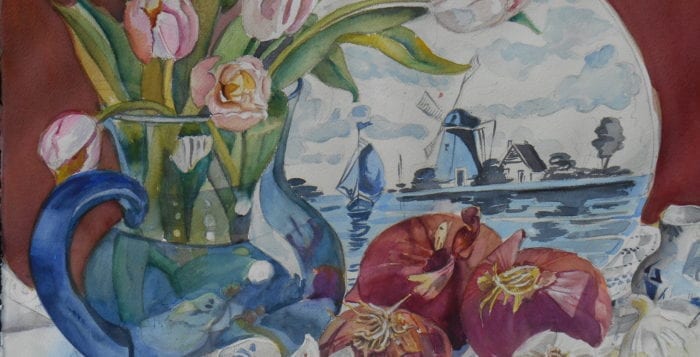
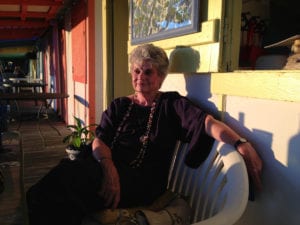
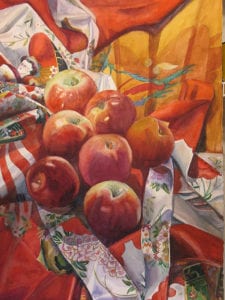
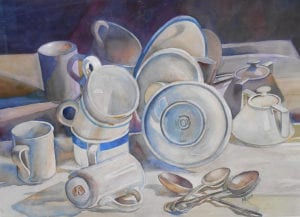
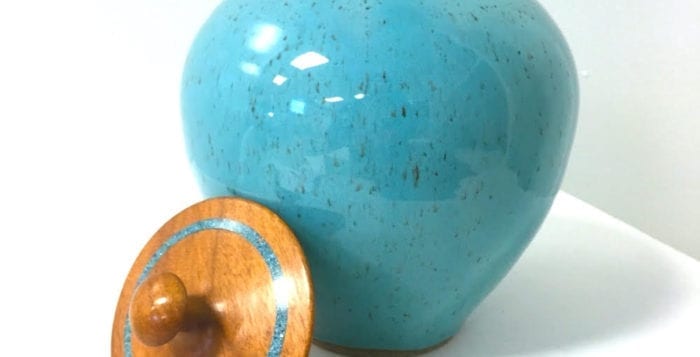
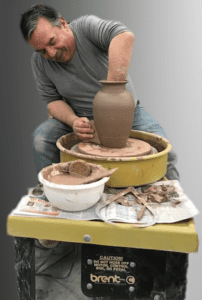
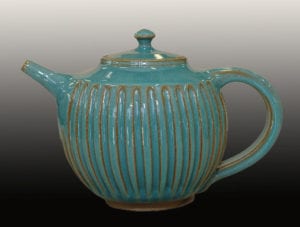
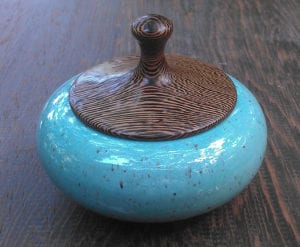
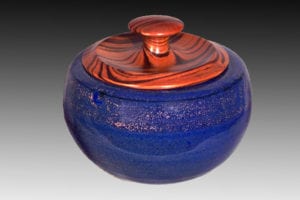
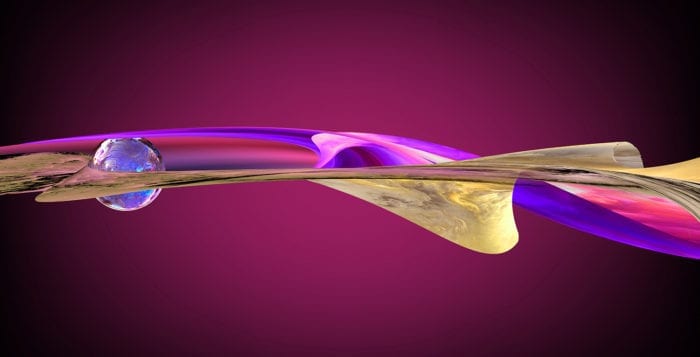
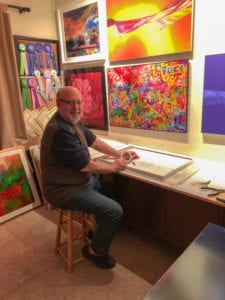
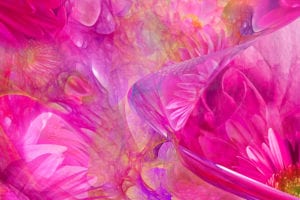
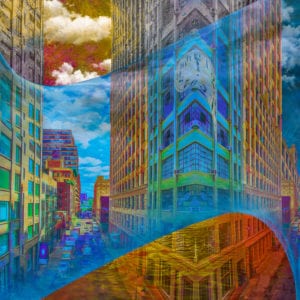
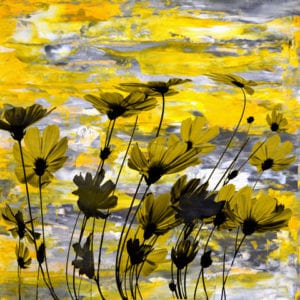
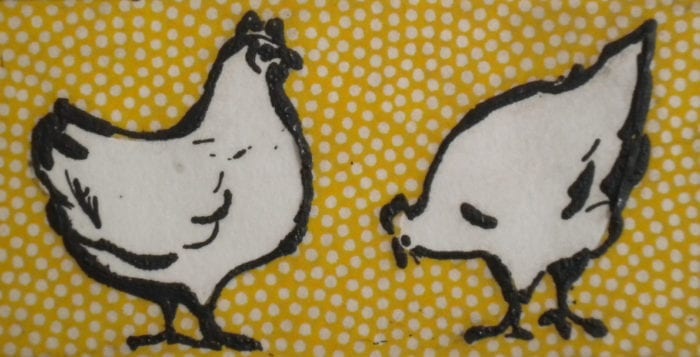
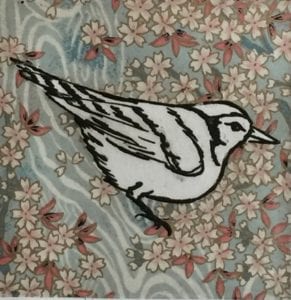
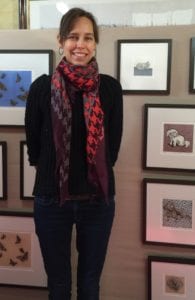
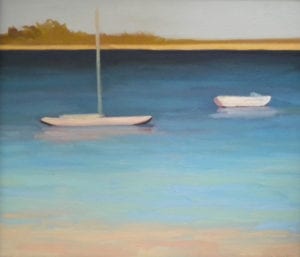
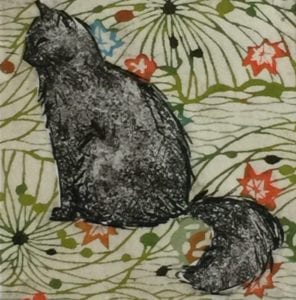
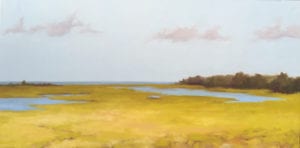 What are your plans for the future?
What are your plans for the future?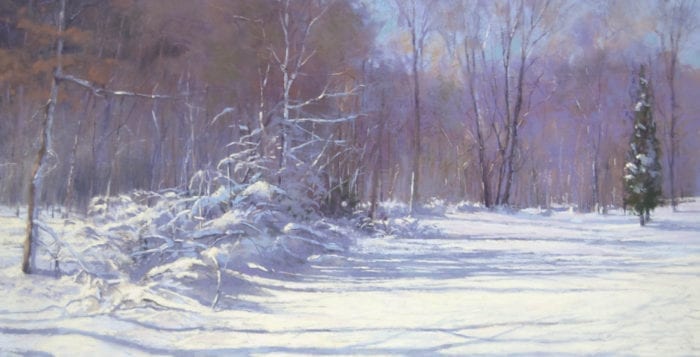
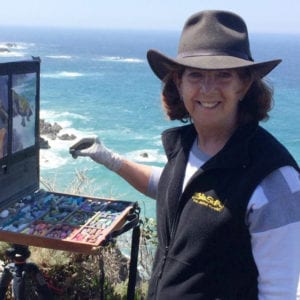
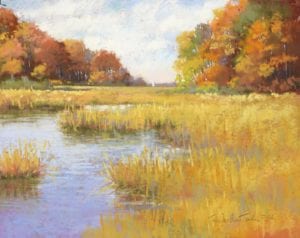
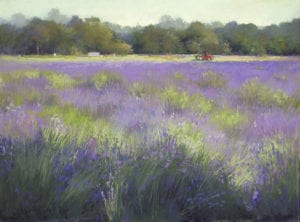
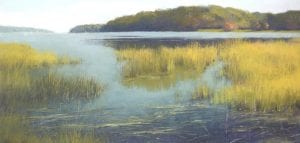
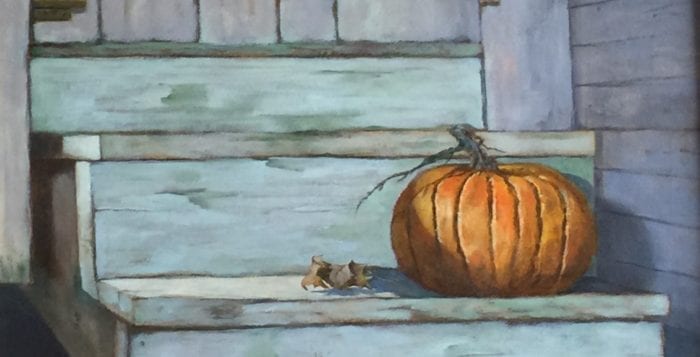
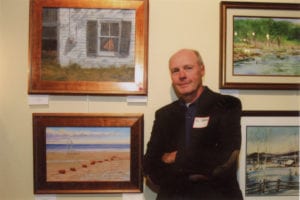
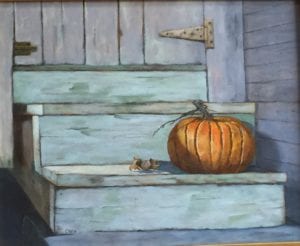
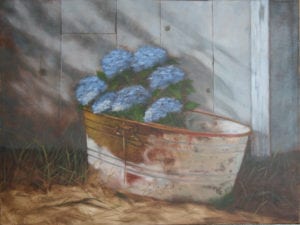
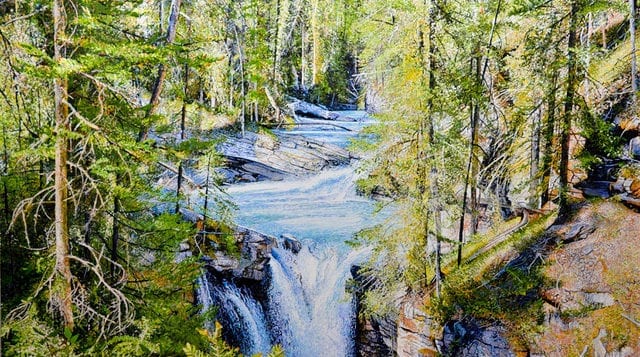
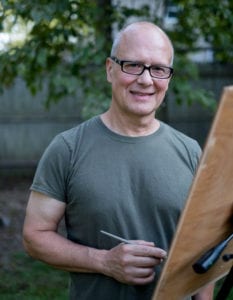 Ross Barbera, a graduate of Pratt Institute, is known for his representational acrylic paintings on canvas, watercolors on paper, original jewelry and digital and abstract art. Presently teaching at St. John’s University in the Art and Design Department in Queens where he was chairman for three years, Ross continues to win many juried awards and prestigious grants to pursue his prolific art career.
Ross Barbera, a graduate of Pratt Institute, is known for his representational acrylic paintings on canvas, watercolors on paper, original jewelry and digital and abstract art. Presently teaching at St. John’s University in the Art and Design Department in Queens where he was chairman for three years, Ross continues to win many juried awards and prestigious grants to pursue his prolific art career.